The following article is from TempleStudy.com
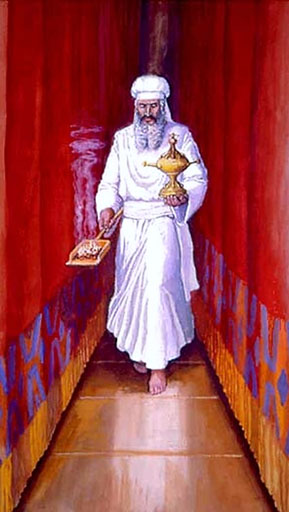
Professor William J. Hamblin has offered some good starting points in considering the relationship between the ancient Israelite temple ritual and the modern day LDS temple endowment. It is from this vantage point that we should approach trying to understand these ancient ritual systems and the connections they might have with the Latter-day Saints temple ritual.
“When considering the possible relationship between ancient Israelite temple system and the LDS Endowment, the first thing to note is the basic purpose of the ancient temple was to reconcile Israel with God and bring all Israel (represented by the twelve stones inscribed with the tribal names) back into the presence of God (that is recapitulating the Sinai theophany), symbolically represented by the Holy Place and Holy of Holies within the veil.
“The second thing to note is that Israel had exoteric rituals in the outer courtyard of the temple which could be witnessed by all (though only priests officiated). Esoteric rituals performed inside the temple itself could only be performed and witnessed by priests. LDS Endowment broadly corresponds to the esoteric rituals performed inside the temple, not the exoteric rituals performed outside. The ancient exoteric Israelite temple rituals correspond with the LDS weekly sacrament (the bread/wine offering of the Israelite temple).” (William Hamblin, Mormon Scripture Explorations)
Another important point to realize is that Christ was the last great blood sacrifice when He came in the meridian of time and offered the Atonement, which ended sacrifice by the shedding of blood (3 Ne. 9:19; cf.Mosiah 13:27; Alma 34:13; 3 Ne. 15:2–10). Since Christ was the last blood sacrifice (all precursors pointing to Him), from that point onward the outward nature of sacrificial ritual changed, but still pointing towards Christ, and still a sacrifice of a broken heart and contrite spirit (3 Ne. 9:20–22; Psalms 51:16–17;Psalms 34:18).
See the gallery below for various artists’ depictions of the rituals inside the ancient Israelite temple. Click each image to enlarge.


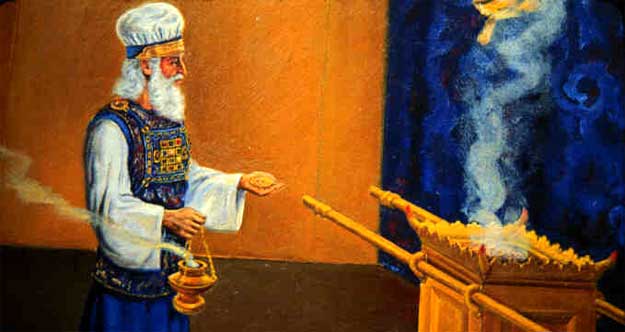
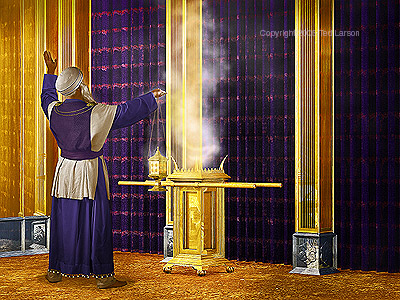
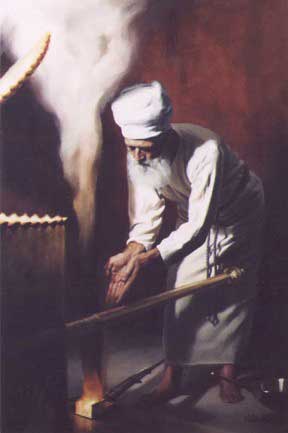

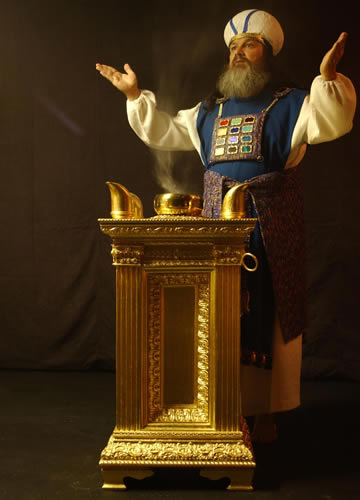

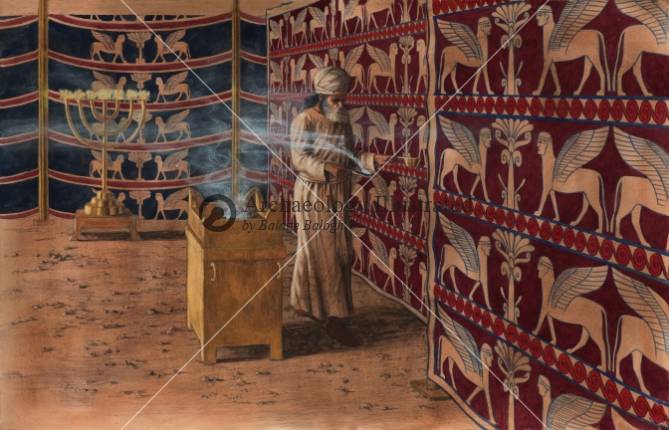
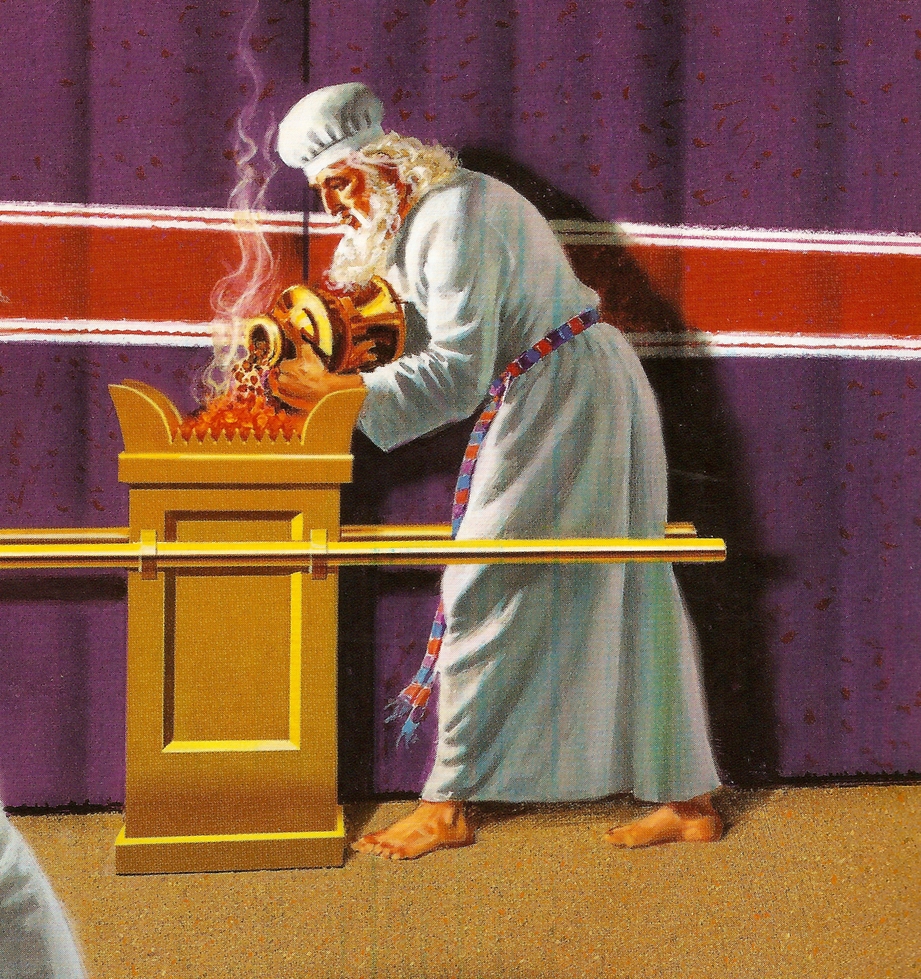
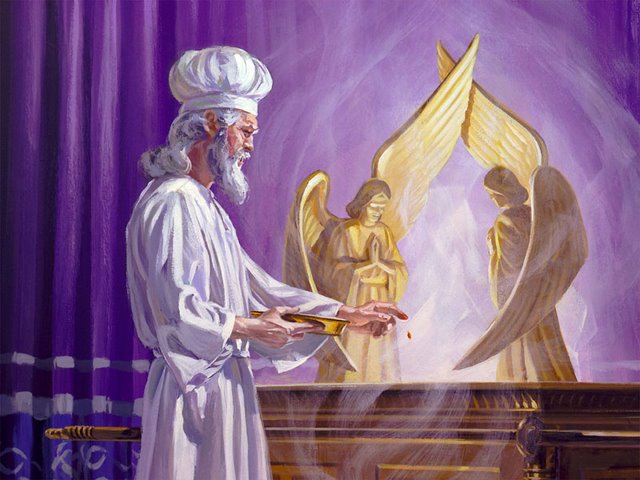
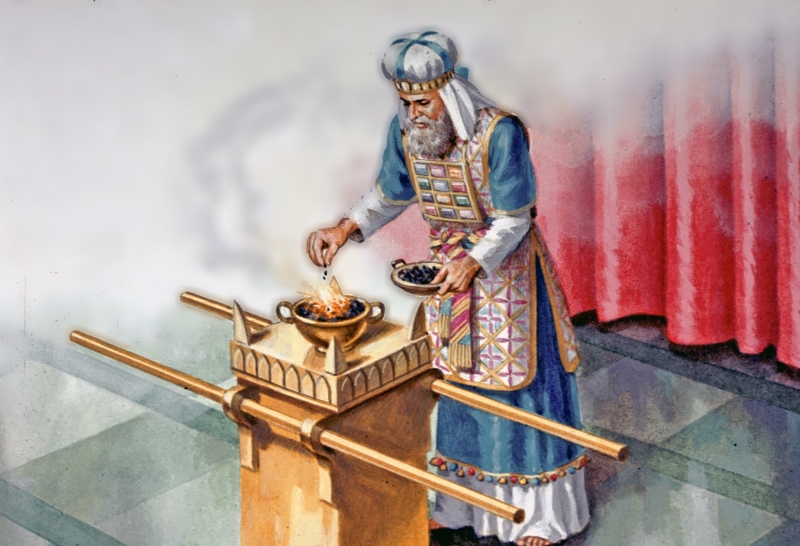
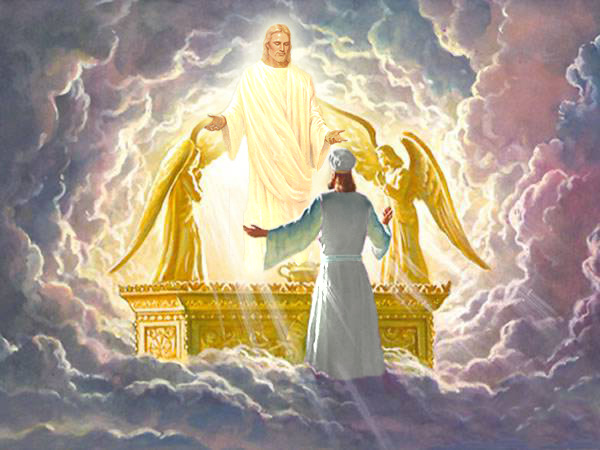

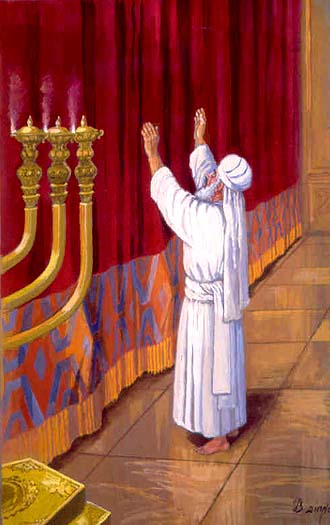
2 Comments
I’ve always understood Mosiah 18:4 to mean that Mormon was named by the king, not named after the king. In context, “the king” means Noah.
I think that it does read that way in the text, but that the name Mormon is likely the person who first inhabited the land.
This seems pretty consistent with how the Nephite’s did things. Alma 8:7 says: “Now it was the custom of the people of Nephi to call their lands, and their cities, and their villages, yea, even all their small villages, after the name of him who first possessed them; and thus it was with the land of Ammonihah.”
What’s odd is that this name Mormon comes out of nowhere. Mormon, the abridger is clearly big on this name, it’s his own name after all. This is the place he was named after which is also kind of odd. I’m not sure we see other people named after places, typically they’re named after a parent or someone in scripture.
But if Nephite tradition was followed, that land was named after somebody and we don’t know anything about them. The name “Mormon” looks more like a Jaredite name than a Hebrew name if you look at some of the names in the Book of Ether you’ll see: Corom, Moron, Com, and even Moroni is probably more of a Jaredite name.
Why do they have Jaredite names and not Hebrew names? I don’t know but I do know they had access to the entire Jaredite record and Moroni provided us only an abridgement in Ether. There’s no Mormon in his abridgment, but there could have been on the plates but why wouldn’t he mention it if that’s his father’s name? Well, I have some ideas.
Obviously there’s a lot of speculation here, but here’s a breakdown of events.
The Nephites discover the people of Zarahemla during the reign of Mosiah 1.
The people of Zarahemla were acquainted with a Jaredite named Coriantumr. It’s possible that Coriantumr could have conveyed names and even place names to the people there while telling stories and such if they were able to communicate.
King Zeniff leaves Zarahemla to settle in the land of Nephi.
King Noah reigns in Nephi.
King Noah’s son Limhi discovers the Jaredite plates and they are translated by Mosiah II. They would have definitely known Jaredite names after this point. So the question is where would Noah or anyone else have gotten a Jaredite name like Mormon?
Zeniff left Zarahemla to settle in the land of Nephi but it seems that the place he chose to settle was near this land that was called Mormon. Zeniff was a righteous man, and maybe knowledge of this land was conveyed by the people of Zarahemla. No way of proving that but perhaps knowledge of this land Mormon was passed down until it was recognized.
There’s certainly something significant about it. That custom of naming lands after the people that first inhabited them was also done by the Jaredites, at least in the naming of a place Moriancumer, “And as they came to the sea they pitched their tents; and they called the name of the place Moriancumer” (Ether 2:13)
We know the Jaredites had a reign of kings, but the land of Nephi was WAY south of the core Jaredite civilization. The Jaredites were destroyed in a land called Desolation. Coriantumr, the last Jaredite king, wandered into the Mulekite’s territory below the narrow neck or pass. The land southward was where the main Nephite civilization was. The land of Nephi was south of the Nephite lands and seems to have been outside the main Jaredite civilization’s circle of influence.
This would mean that this land of Mormon may have been occupied by some splinter group that broke away from the main Jaredite civilization and would be absent from the Jaredite records.
This happened quite a bit with the Nephites, people would break off of the main body and form their own groups. We know of many and we see others like Hagoth that leave and we never hear from them again.
The Jaredite history is a long chain of warring factions of kings which would have created a great deal of instability at times and I would think that over their 1600-2300 year history there would have been many migrations and splinter groups all over North and South America over time.
So while the main Jaredite civilization was destroyed, I think there were likely many other splinter groups that continued onward and potentially existed right alongside the Lehites. Perhaps the Lamanites even merged with them at times contributing to the vast numbers of Lamanites we see throughout the Book of Mormon.
The Nephite lands were nearly surrounded by water and with their religious traditions they were likely more isolated and kept to themselves with the exception of the merger with the Mulekites, who were also Israelites.
But my theory is that there was a Mormon who that land was named after. Perhaps Noah’s naming of the land was more of an acknowledgement of what it may have already been called.
The land Mormon was “in the borders of the lands” and infested with wild beasts. They knew about the “waters of Mormon” they had that name for them as well.
But I think there’s far more to this story, there’s definitely some kind of backstory here that we aren’t getting. A lot of this attention to the name, the people retreating there to be safe from the searches of the king point to it as being a more isolated place not patrolled by the king where they could engage in the work of salvation.
If the patterns hold, the land Mormon received it’s name from the person who first inhabited the land. But who are the people and where did they go and why was this location chosen for these sacred ordinances?